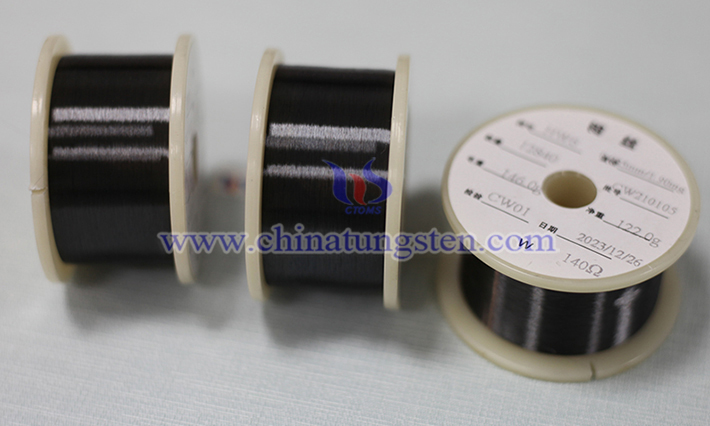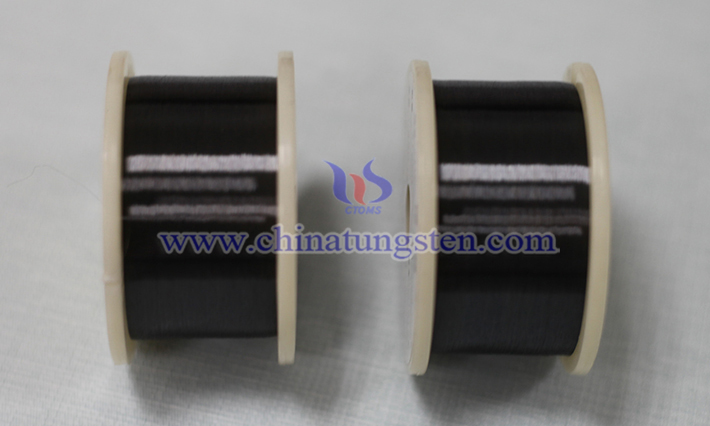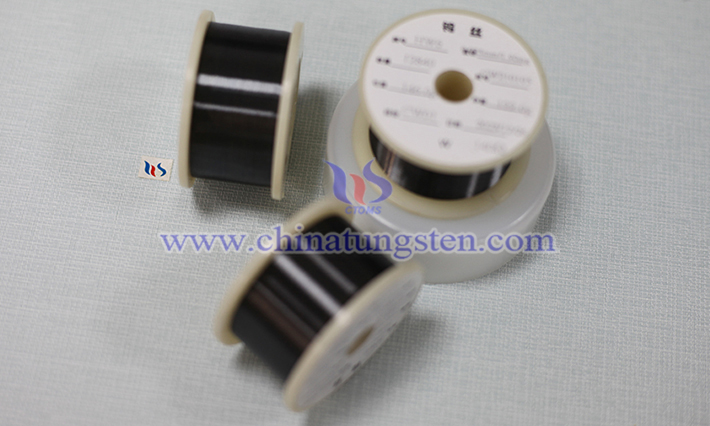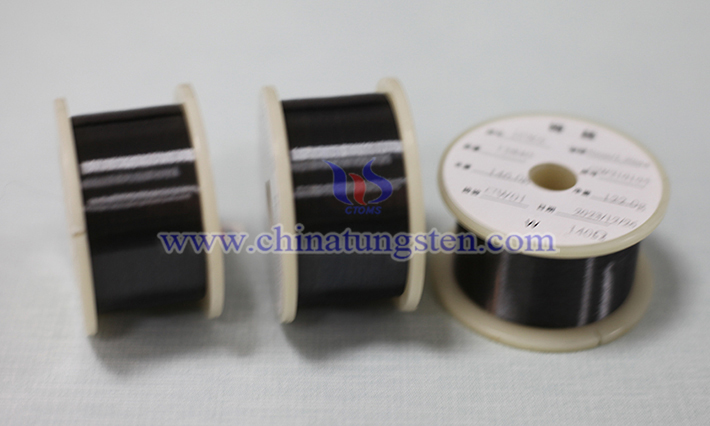Production Steps of Tungsten Wire for Glass Heating
- Details
- Category: Tungsten Information
- Published on Wednesday, 25 June 2025 18:49
- Written by Zhenghua
- Hits: 198

Tungsten wire is an ideal choice for glass heating applications due to its high melting point and high temperature resistance. The following is a brief overview of the main production steps for producing tungsten wire for glass heating:
Read more: Production Steps of Tungsten Wire for Glass Heating
Preparation Process of Tungsten Wire for Glass Heating
- Details
- Category: Tungsten Information
- Published on Wednesday, 25 June 2025 18:47
- Written by Zhenghua
- Hits: 191

The preparation process of tungsten wire for glass heating mainly involves the purification, processing and subsequent treatment of tungsten materials to ensure that it has excellent performance at high temperatures and is suitable for high-temperature environments such as glass heating. The following is a typical process flow for the preparation of tungsten wire:
Read more: Preparation Process of Tungsten Wire for Glass Heating
Material Selection of Tungsten Wire for Glass Heating
- Details
- Category: Tungsten Information
- Published on Wednesday, 25 June 2025 18:43
- Written by Zhenghua
- Hits: 172

Pure tungsten wire or doped tungsten wire is usually preferred for glass heating because of its high melting point, high temperature resistance and excellent stability. It is necessary to select the appropriate tungsten wire specifications according to the glass type, heating temperature and equipment design, and ensure that vacuum or inert gas protection is used to extend the life. For more specific suggestions and purchases, please contact CTIA GROUP (sales@chinatungsten.com).
Read more: Material Selection of Tungsten Wire for Glass Heating
Why Choose Tungsten Wire for Heating Glass?
- Details
- Category: Tungsten Information
- Published on Wednesday, 25 June 2025 18:45
- Written by Zhenghua
- Hits: 184

The reason for choosing tungsten wire as a heating element when heating glass is mainly based on the unique physical and chemical properties of tungsten.
Specifications for the Use of Tungsten Wire for Glass Heating
- Details
- Category: Tungsten Information
- Published on Wednesday, 25 June 2025 18:41
- Written by Zhenghua
- Hits: 204

When using tungsten wire for glass heating, the following specifications must be followed to ensure safety and efficiency:
1. Material selection:
Read more: Specifications for the Use of Tungsten Wire for Glass Heating





 sales@chinatungsten.com
sales@chinatungsten.com